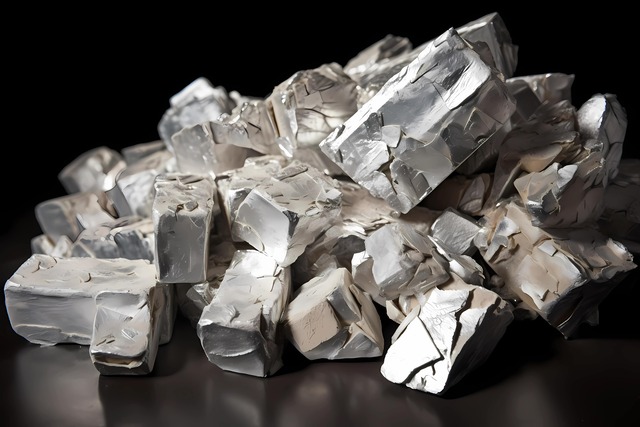India Discovers 7.23 Million Tonnes of Rare Earth Reserves Boosting Global Strategic Mineral Position
India has confirmed the discovery of approximately 7.23 million tonnes of rare earth element oxides (REOs) embedded in 13.15 million tonnes of monazite, an ore rich in both thorium and rare earths.
NATIONAL
Thinkbrief
7/23/20251 min read


These reserves are concentrated predominantly in the coastal beach sands, teri sand formations, red sand, and inland alluvium across Andhra Pradesh, Odisha, Tamil Nadu, Kerala, West Bengal, Jharkhand, Gujarat, and Maharashtra. In addition, further exploration has identified another 1.29 million tonnes of rare earth oxides locked within hard rock deposits in the states of Gujarat and Rajasthan.
This announcement comes at a pivotal moment for both India and global technology industries. The discovery bolsters India’s position in the global supply chain of rare earths, minerals vital for high-tech sectors, clean energy, electric vehicles, defense hardware, and advanced electronics. International concern is growing as China, the dominant player in rare earth mining and refining, tightens export controls, threatening global supply chains for critical industries.
To safeguard domestic demand and reduce heavy import dependence, especially amid rising geopolitical friction, India is ramping up efforts to extract and process these minerals. In 2025, the government initiated the National Critical Mineral Mission to streamline exploration, invest in indigenous extraction and processing technologies, and foster partnerships between state enterprises and the private sector. The Atomic Minerals Directorate and IREL (India Rare Earths Limited) are at the forefront of these efforts, and new policies are in the pipeline to incentivize domestic mining and magnet manufacturing capacity.
Although India currently holds about 8% of the world’s rare earth reserves, it contributes less than 1% to global rare earth mining, a gap attributed mainly to technological and regulatory hurdles. India’s rare earth deposits are primarily monazite based, leading to complex production processes, especially given their association with radioactive elements like thorium. Moreover, industrial bottlenecks persist at the intermediate value chain stages such as alloy and magnet production, and are compounded by strict coastal regulation policies.
The discovery and ongoing policy measures signal India’s determination to become a critical player in the rare earth ecosystem, potentially reshaping the global landscape for these strategic minerals in the years to come.